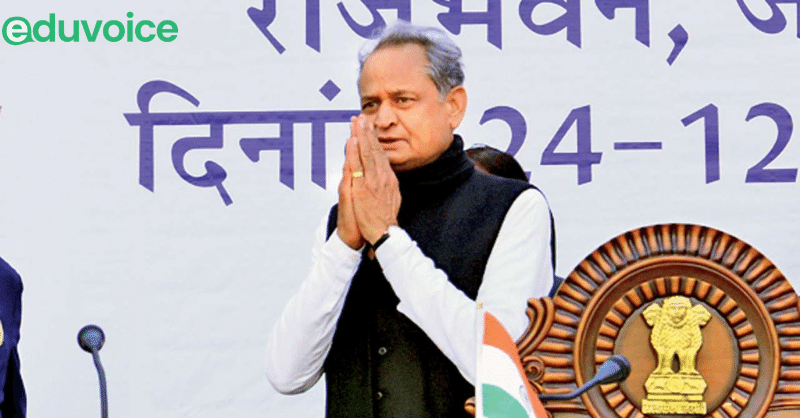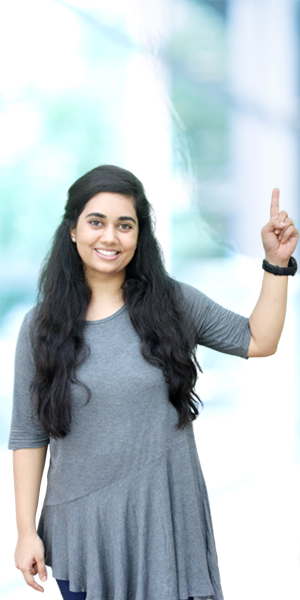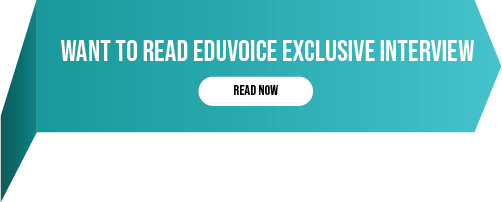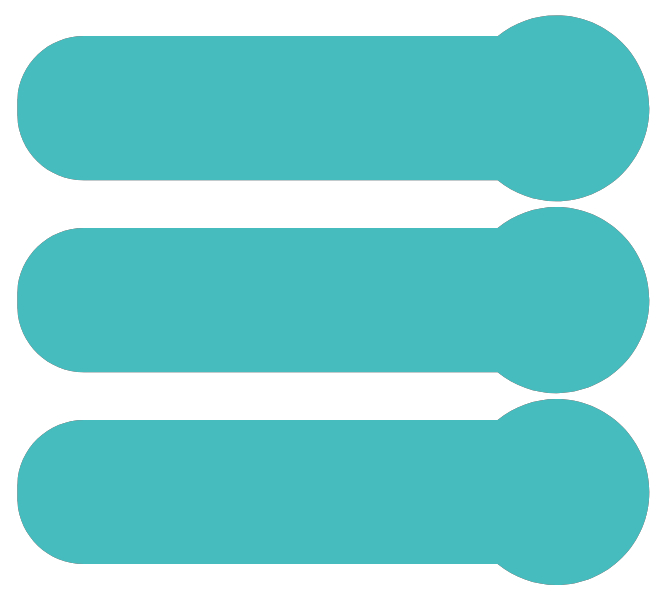Rajasthan’s newly minted, state-sponsored Chiranjeevi Health Insurance Scheme has come at a time when it’s likely to be better appreciated by its beneficiaries. It universalizes healthcare in the state—free for the poor and dirt cheap for the rest. “I am close to realizing my dream of ensuring that nobody in the state ends up spending their life savings on hospital expenses,’’ said chief minister Ashok Gehlot to India today. The emotional register of that pitch is designed for maximum impact.
For beneficiaries of the National Food Security Act, small and marginal farmers, contract workers, destitute families that receive ex gratia payments from the state government, the insurance cover of Rs 5 lakh will be free. For the others, the cover will come at an annual premium of Rs 850. All beneficiaries will be entitled to cashless hospitalization in 1,092 government hospitals—and 336 private ones—in the state. There is no devil in the fine print either—no age bar or restrictions based on pre-existing diseases. Medical expenses five days prior to hospitalization and 15 days after discharge will also be covered.
The central government-run Pradhan Mantri Jan Arogya Yojana (PMJAY) also provides a cover of Rs 5 lakh, but it currently covers only 5.97 million families or about 40 percent of the state’s population. “What Rajasthan has done is extend the coverage to the general category, from the lower-middle-income group [upward], thereby becoming the first state to ring in universal healthcare for its people,’’ says Akhil Arora, principal secretary in-charge finance, health, and medical education. “Along with the nominal premium scheme, we have added free coverage for 1.5 million families of small and marginal farmers and 300,000 contractual employees.” State government employees and others covered under separate health policies will also gradually be included in the scheme.
An estimated 600,000 families had signed up against the expected 3 million between April 1, when the scheme opened to the public, and May 3. Officials say the uptake has been slow because of the state-imposed lockdown, and the subscription window has been extended till end-May. Gehlot has been pushing the scheme in every public function and all his online appearances: “We have already paid Rs 50 crore as initial premium. If you do not sign up, we will not be able to help you with your medical bills in these bad times.”
Rajasthan’s initiative is being keenly watched by the Government of India as a pilot project. Sources say the Centre’s Ayushman Bharat will be extended on the lines of the Chiranjeevi scheme, and that it may even offer covers higher than Rs 5 lakh to those willing to pay higher premiums. Strengthening the public healthcare system and making it accessible has always been at the core of Gehlot’s policies. In his first term as chief minister (1998-2003), he introduced free treatment, including surgeries, for BPL (below poverty line) families; in 2011, he introduced free medicines for all at state healthcare centers. Not known to be a spendthrift otherwise, Gehlot has always been generous when it comes to healthcare, willing to open the state coffers to even expand central schemes. The free medicines scheme is a case in point—Gehlot last year had a budget of Rs 972 crore for it, three times more than the Centre’s contribution. There are free medical tests at all levels of care—in FY21, a Covid year, the state tested 11.8 million patients free, at a cost to the state of Rs 230 crore.
Even as the Chiranjeevi scheme was being finetuned and firmed up, Gehlot, in January this year, decided to widen its ambit to target sections of the population not covered under PMJAY (those covered under the Food Security Act), which increased the premium to be borne by the state to Rs 1,662 per policy and the number of beneficiaries to 11 million families. Rajasthan is due to receive Rs 376 crore from the Centre in its budgeted spend of Rs 3,000 crore on the Chiranjeevi scheme. For Rajasthan, which is a relatively poor state (ranked seventh in GSDP terms and 21st in per capita income terms), the universalization of state-sponsored healthcare is particularly meaningful. At Rs 16,269 crore for 2021-22, the state expenditure on public healthcare was about 7 percent of its total budget expenditure as against the national average for states of about 5.5 percent.
However, some kinks in the scheme need ironing out—some packages are exclusive to government hospitals, and private hospitals fear reimbursements will be slow to come in. But state officials say the scheme is still evolving and all outstanding issues will be resolved. Beneficiaries need a Janadhaar card (earlier known as the Bhamashah card, it is a verified digital instrument linked to 28 government benefits, including subsidies, scholarships, and pensions) to avail of the Chiranjeevi scheme. Many of the 3 million families targeted for the paid insurance scheme do not have the card, but the government feels a sizeable section of the 5 million Janadhaar cardholders (who do not have free insurance) will subscribe.
For More Such Articles, News Update, Events, and Many More Click Here






